Governments continue to face destabilising protests brought on by the lingering socio-economic repercussions of the Covid-19 pandemic, and the ongoing impact of the Russia-Ukraine conflict. S-RM’S STRATEGIC INTELLIGENCE TEAM highlights the countries likely to become (or remain) hotspots for unrest in the coming months.
Russia’s invasion of Ukraine in February 2022 has slowed global economic recovery, driving up fuel, food and fertiliser costs in a global economy already battered by the pandemic. Rising inflation and living costs have also intensified pressure on political leaders like Sri Lankan President Gotabaya Rajapaksa, who was recently forced to step down, and once-popular Chilean presidential candidate Gabriel Boric, who saw a 16 percent drop in approval in his first four months in office. Disruptive and sometimes violent unrest has characterised domestic politics in many countries in recent months, and in some precarious cases like Haiti, Kenya and Sri Lanka, exacerbated instability and deepened insecurity. While embattled governments attempt to offset external inflationary pressures (some approaching elections), growing anti-government sentiment over perceived economic mismanagement threatens to prolong and intensify commercially disruptive strikes and protests in the coming year.
LATIN AMERICA
OVERPROMISING AND UNDER-DELIVERING
Rising inflation and living costs have lowered government approval ratings, particularly support for new leftist leaders struggling to make good on promises of economic and social reforms, like in Chile and Peru. Protests and strikes over mass layoffs and job security in recent months have occasionally brought some sectors like logistics to a standstill. Mining remains the most affected, with protesters targeting foreign companies that are perceived to reap profits at the expense of national resources and economic growth.
ARGENTINA
On the back of a lingering debt crisis, President Alberto Fernández faces depleted foreign currency reserves and inflation of over 60 percent. Though the government accepted an International Monetary Fund (IMF) deal, fears over stricter economic policies required by the deal have already driven large protests. Unrest will continue as citizens reject the government’s efforts to implement the IMF agreement.
PANAMA
In July, protesters blockaded ports and the Pan-American highway, through which 80 percent of produce is transported, denouncing President Laurentino Cortizo’s fuel cost cuts and caps on the price of basic foods as insufficient. Demonstrations have cost the economy millions of dollars and prompted widespread food shortages. Dwindling medical supplies, salary cuts, and rising unemployment will push working class Panamanians to continue demonstrating in the coming one to six months.
ECUADOR
Indigenous communities staged mass mobilisations in June and July, triggered by fuel subsidy cuts and tax hikes in line with a USD 6.5 billion IMF bailout. Unrest has cost over USD 100 million in produce and USD 50 million in tourism revenue, and led to eight fatalities. Despite a pause on protests while representatives negotiate with the government, crackdowns on protesters and the prevailing economic crisis will likely incentivise demonstrations in the coming months.
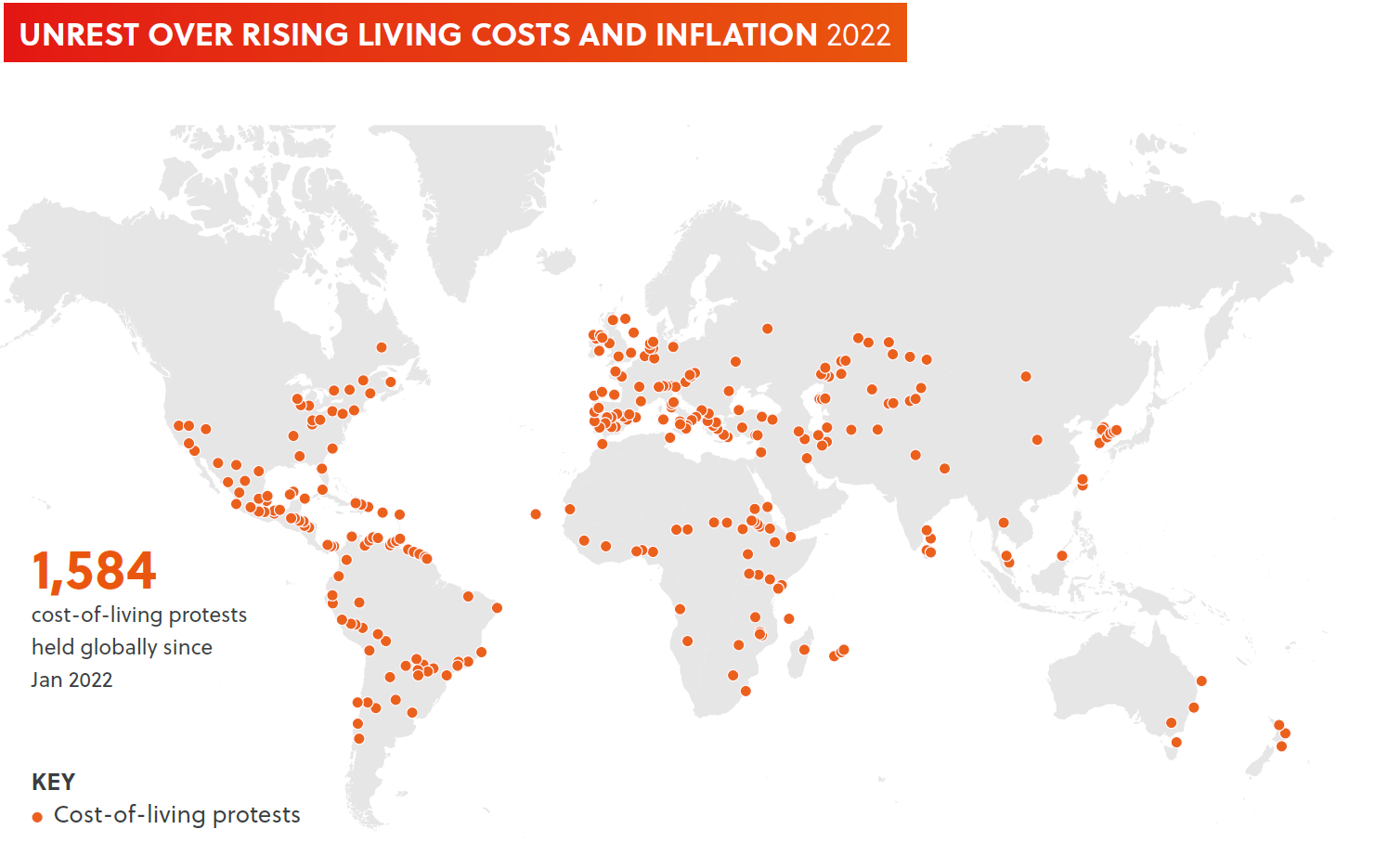
ASIA PACIFIC
POLITICAL INSTABILITY
Many governments in the region have managed fiscal and monetary coffers well during the pandemic, improving their ability to limit price increases from filtering down to the population. While this reduces the potential for unrest, not all countries are as well placed; Sri Lanka, Pakistan, Cambodia, Laos and Myanmar have large fiscal deficits, to limit the impact of inflationary pressures on their respective populations. Some opposition parties have also leveraged worsening economic conditions to mobilise anti-government protesters.
SRI LANKA
Foreign currency shortages, inflation and a scarcity of basic goods have driven economic deterioration and mass mobilisation, prompting former President Gotabaya Rajapaksa’s resignation. Demonstrators have subsequently turned protest efforts on the new administration, suggesting that political change will yield limited improvement in the security situation as a prolonged economic crisis.
PAKISTAN
Prime Minister Shahbaz Sharif faces a severe economic and political crisis as ex-prime minister Imran Khan leverages Pakistan’s poor economic situation, including rising utility costs and food prices, to incite anti-government protests. Economic mismanagement during the pandemic, coupled with external debt, one of the lowest tax-to-GDP ratios globally, and an overreliance on government subsidies to quell unrest, will frustrate the government’s ability to soften the impact of inflationary pressures and prevent further protests.

EUROPE
ENERGY INSECURITY AND FARMER STRIKES
Despite the extension of some state subsidies, disruptive unrest struck various sectors across Europe in July, including transport, aviation, manufacturing and telecommunications, amid increased interest rates and possible energy rationing. Farmers continue to demonstrate in the Netherlands, Germany, Poland, Scotland, Spain and Italy over increased fertiliser and fuel costs, and planned emission cuts that threaten livelihoods. In some cases, this has sparked concerns regarding food security as unrest threatens to dry up supply to supermarkets. In the UK, fuel prices have already prompted commuters to stage go-slows along highways. European Central Bank estimates indicate that the conflict in Ukraine will sustain high inflation “for some time,” including the second half of 2022 and beyond.
THE NETHERLANDS
Farmers denouncing initiatives to cut livestock emissions have intensified protests countrywide, blockading supermarkets, distributions centres and roads. The Finance Ministry estimates that 11,200 farms will close, and others will need to drastically reduce livestock. The socio-economic impact of this, along with increasing food and energy costs (11.2 and 84 percent more expensive in June 2022 compared to June 2021, respectively), could impact thousands of farmworkers and associated supply chains. Such frustrations could sustain unrest in the coming year as the Netherlands pushes to reduce livestock emissions.
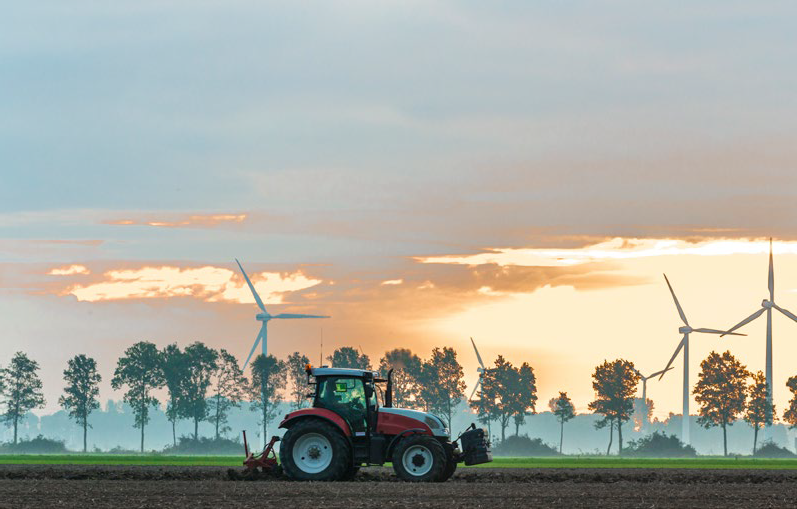
MIDDLE EAST
RISING PRICES AND POLITICAL DEADLOCKS
Protests have swept through several countries in the region as inflationary pressures and the energy crisis strain fragile political and economic systems. Lebanon, Libya and Tunisia face persistent instability, worsened by depreciating currencies and high energy prices that have drastically reduced spending power, and often result in prolonged power outages and food shortages. In June and July, mass protests regularly turned violent amid demands for political stability, security and stable food and service delivery.
TUNISIA
In July, powerful unions held a countrywide strike that paralysed most public services, ports and airports over IMF loan conditionalities, including public sector wage cuts. With escalating tensions between political opposition groups ahead of parliamentary elections in December, anger over unfavourable IMF loan terms increase the potential for further countrywide protests.
LEBANON
Several sectors protested in July over worsening economic conditions. Protesters stormed bakeries in Beirut after queuing for subsidised flour and bread, and occupied the Ministry of Energy and Water offices, denouncing prolonged power outages. Unrest will continue in the coming months as food and energy shortages persist and prices soar.
LIBYA
Rampant inflation and the global energy crisis have resulted in rising costs of living and rolling power outages. Exacerbated by the political deadlock in the country, protests became violent in the eastern city of Tobruk in July when protesters stormed and set fire to parliament. As Libya’s economic crisis deepens and political tensions remain in a stalemate, uncertainty will continue to stoke unrest.
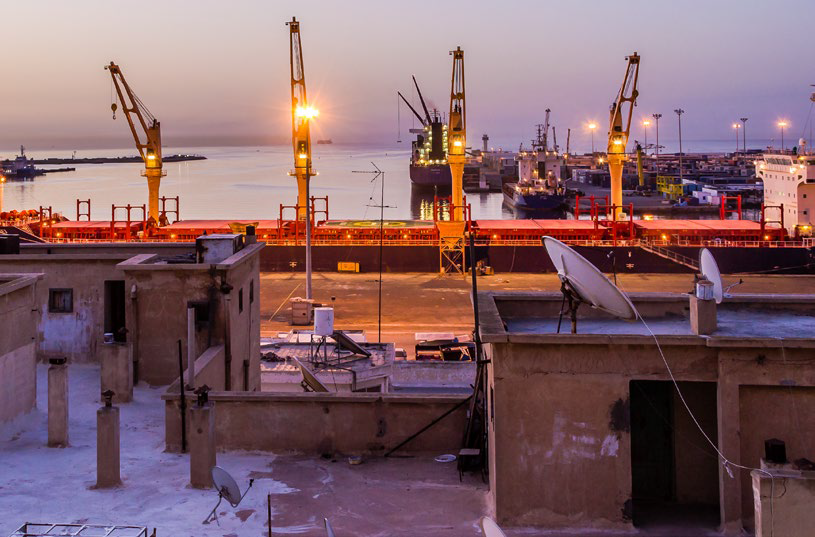
AFRICA
FUEL SHORTAGE RIOTS AND CURRENCY WEAKNESS
Fuel protests have escalated across several African countries in recent weeks, driving anti-government sentiment and food insecurity. With major oil producers like Nigeria unable to refine their supply for fuel, and currency weakness stemming from increasing interest rates hindering governments’ ability to purchase imported fuel, the ongoing shortage and related unrest will likely continue in the coming six to twelve months.
SOUTH AFRICA
Violent protests involving property damage and arson – particularly over rising living costs, service delivery and in the transport sector – intensified in July, leading to fatalities as police sought to contain the unrest. Amid its highest GDP contraction in over a century in 2021 (7 percent), frequent electricity blackouts, and rising unemployment, such unrest will characterise South Africa’s security landscape in the coming year.
KENYA
With rising debt, significant currency depreciation and potential post-election instability Kenya’s government has struggled to maintain expensive fuel subsidies. Protests have raged in Nairobi, Kisumu and Mombasa, demanding that leaders bring down living costs. With pervasive inequality, and social, economic and political tensions simmering, worsening living conditions and uncertainty over policy continuity in a new government will likely drive protests in the coming months.


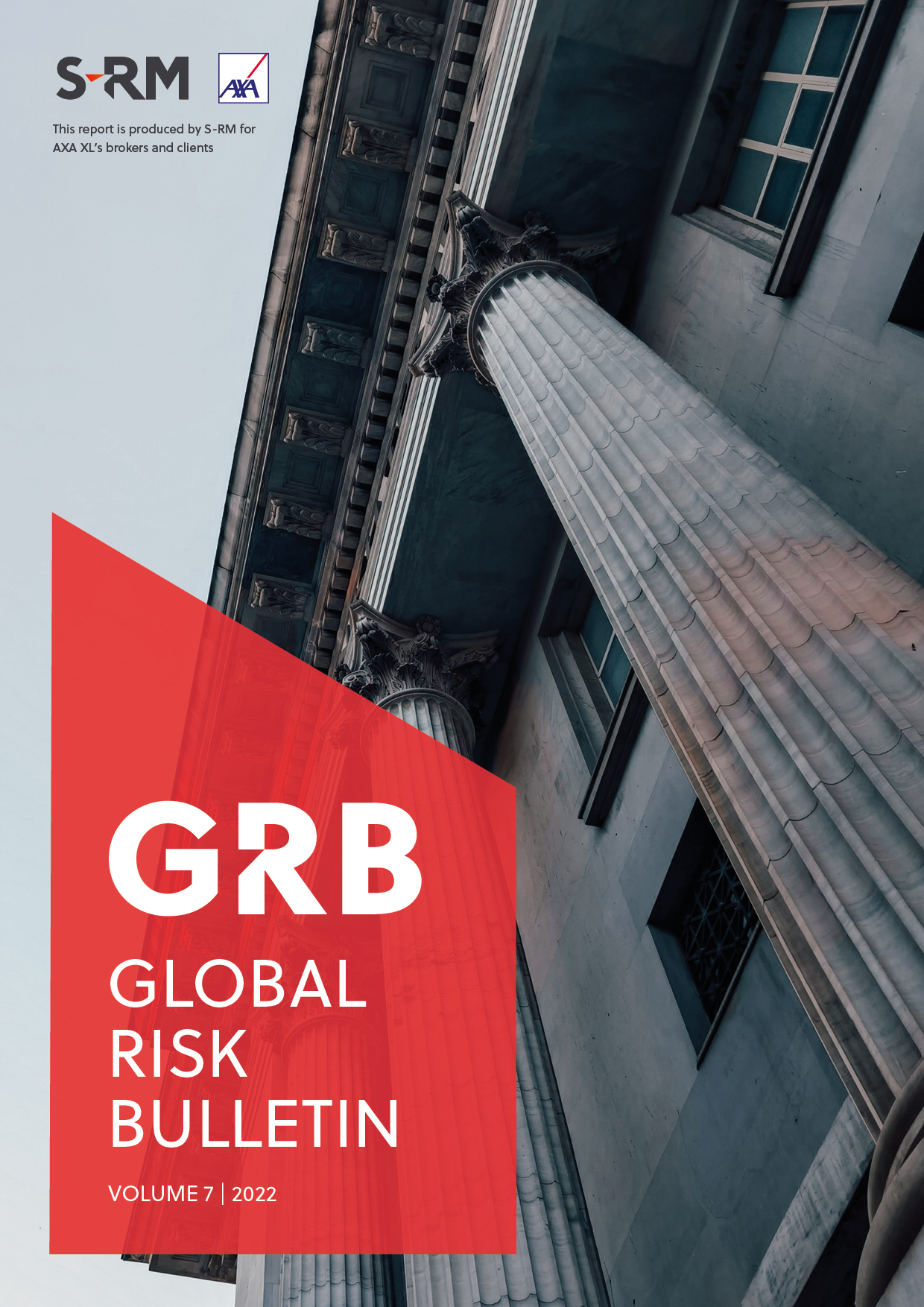

 Email S-RM's
Email S-RM's
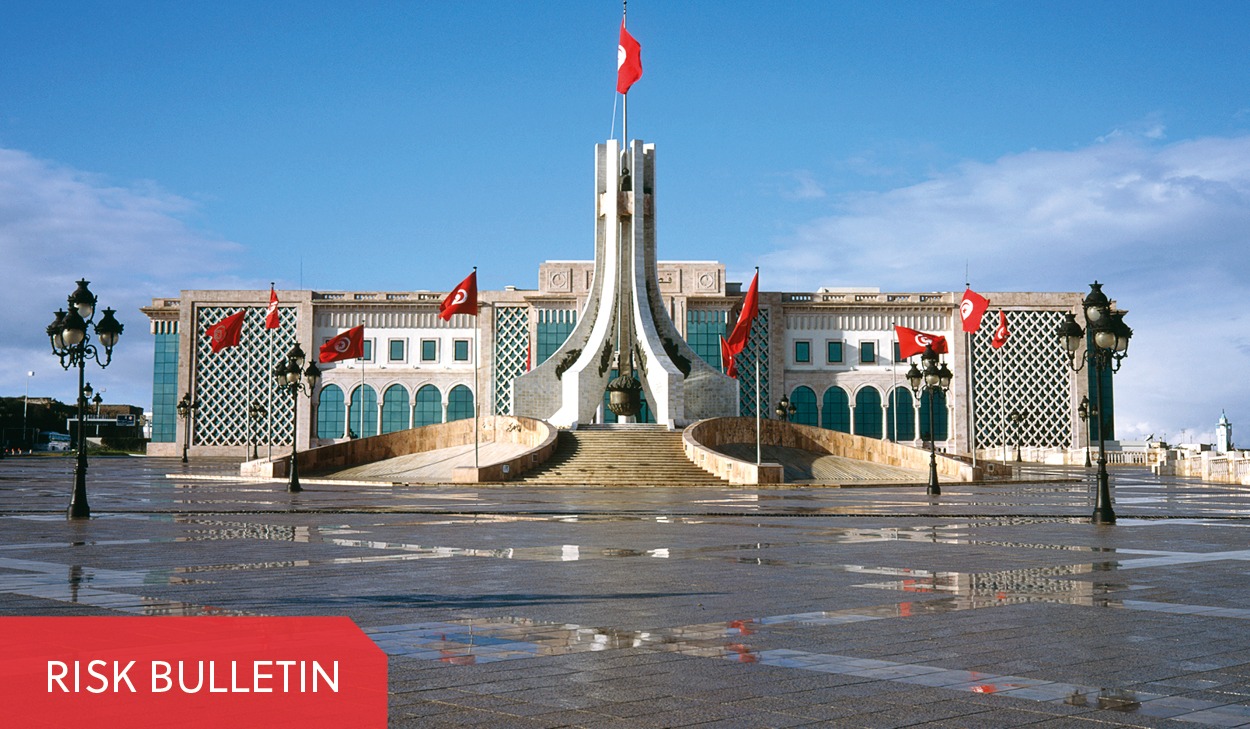
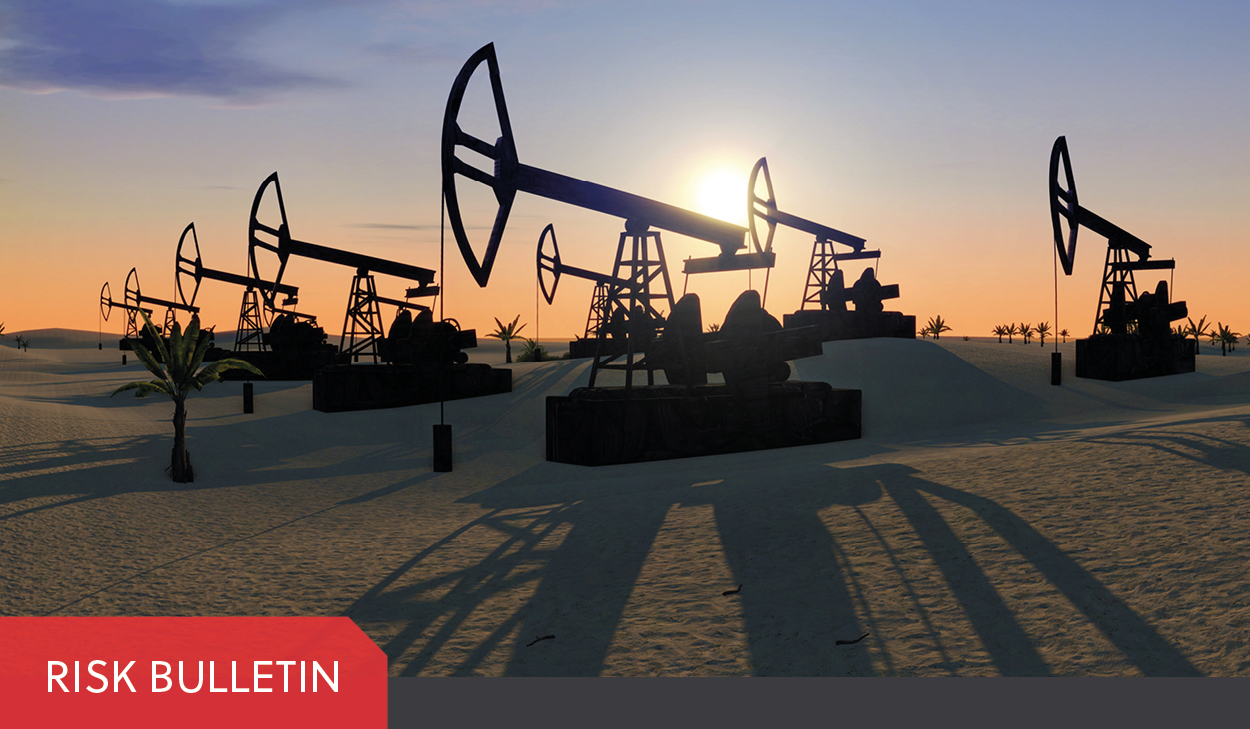
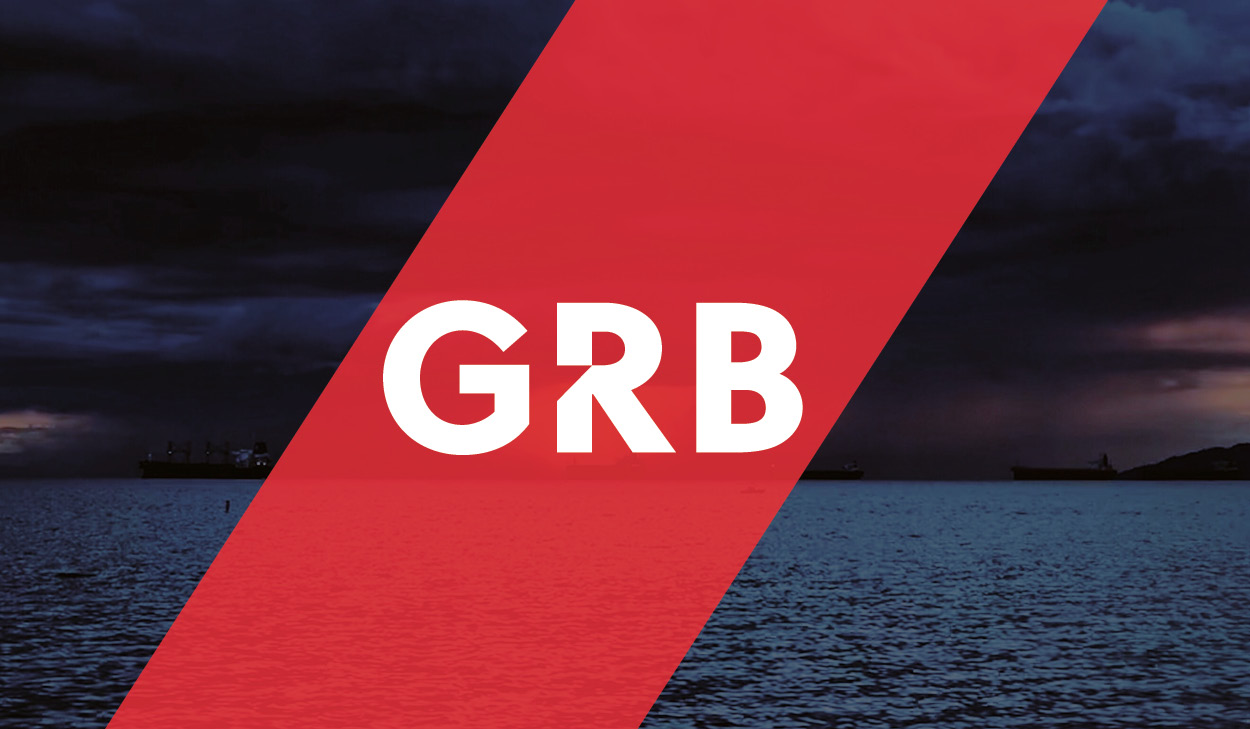


 @SRMInform
@SRMInform
 S-RM
S-RM
 hello@s-rminform.com
hello@s-rminform.com

